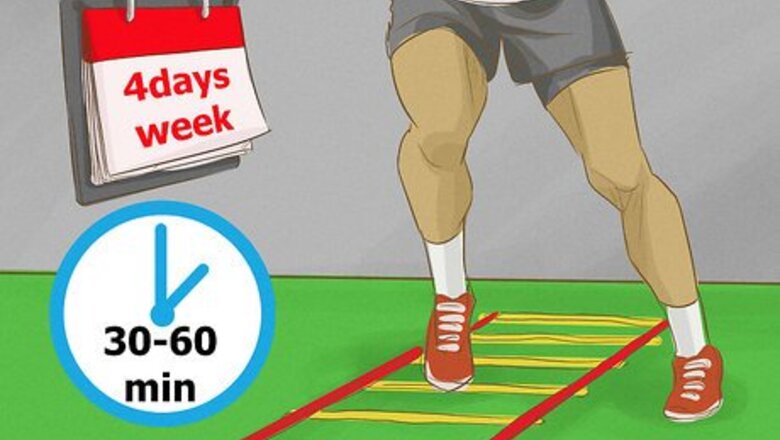
views
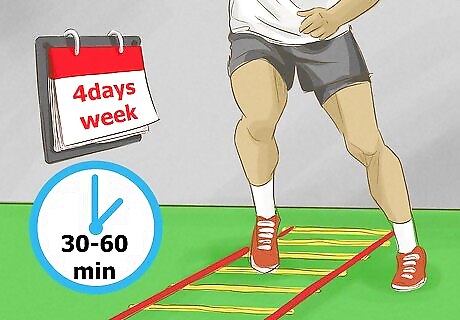
Understand the basics of fitness. Fitness includes these four themes: Physical Training (will be referred to as PT throughout) Nutrition Cardiovascular Training (will be referred to as CT) Rest. If any of these key themes are missing you will not make great gains. PT should be done at least three days a week and should include in this order a warm-up, dynamic stretching, workout itself, static stretching, and a cooldown. PT can be done with two different goals, muscular endurance or muscular strength. In this article PT will include only body-weight exercises. Nutrition is a self-explanatory theme, but will be described in detail later on. CT is similar to PT, but focuses on other forms of exercise to burn stored energy. Finally, resting is obvious. Get enough sleep and you will have met this goal.
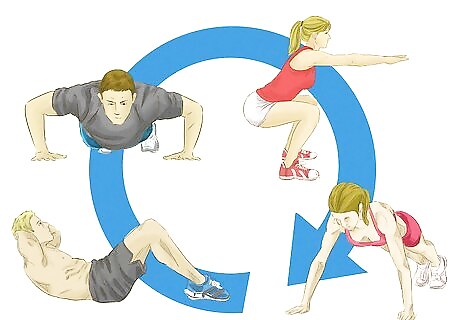
Learn that the Military and Special Forces units have used body-weight exercises for years now and get great results. Body-weight exercises that should be incorporated into your workout include: Upper Body (Arms, Chest, Shoulders) Pull-ups Super-mans Press-ups (push ups) in many variations Ball grips Chin-ups Lower Body (Calves, Legs, Glutes) Calf Raises Squats in many variations Glute Marches Wall Sits Glute Bridge Raises Core Muscles (Abdominals) Crunches Reverse Crunches
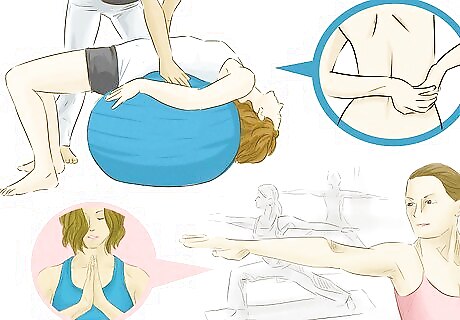
Know that stretching allows for improved performance, reduced potential for injury, increased blood flow, and agility. Dynamic Stretches allow for full range and speed of movements overtime.
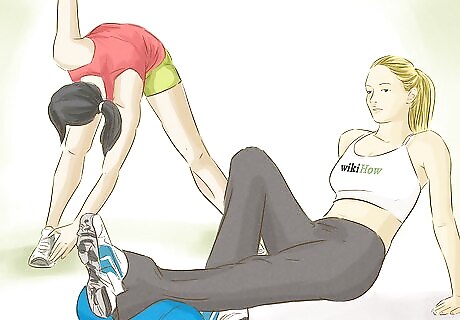
Dynamic stretches you should use prior to workout are: Neck Rolls, Up, Back, and Overs Hi Jack, Hi Jills Press-Press Flings Standing Toe 7ters Four-Way Leg Swings Trunk Rotations Four-Way Lunges Trunk Twisters

Do these stretches for 2 seconds each is all that is required. Static Stretching develops flexibility. Static stretches that should be used after workout as a cool-down include: Lateral and Forward Neck Stretches Swimmers Stretch Upper Back Stretches Posterior Shoulder Stretches Supine Back Stretch Overhead Trunk Side Stretch Torso Prone Stretch Hip Cross-Overs Iliopsoas stretch Butterflies Standing quadriceps stretches Sitting hamstrings
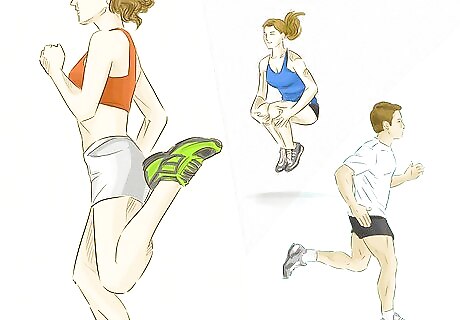
Make sure you have a warm up. Either do jumping jacks, jump rope, or a stationary bike for five minutes.
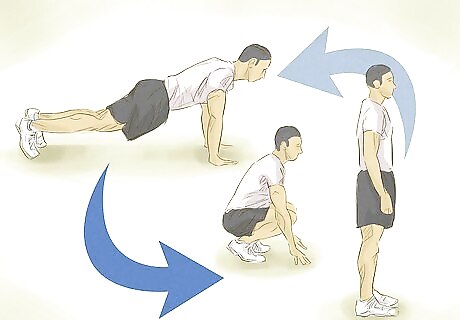
Train for endurance. Use repetitions of 13 and upwards. For strength, do 6-10 reps (12 might be pushing the boundary between strength and endurance). With strength comes muscle size, with endurance comes toning of the muscle.

Think "Oh well, I can do 50 push ups! How can I possibly build strength with those?" Alternating push ups to make them harder so that you can only do 6-10 reps is easy. In fact, you can add resistance to any body weights exercises. Try doing the exercise more slowly, do exercises on side of the body (i.e. one arm push ups, one-legged squats), also, try wearing a backpack with small bags of sand, books, or anything that adds weight.

Proper nutrition is necessary to build and maintain a fit physique. To build muscle you must take in additional calories than needed. To determine how many calories you need a day, use this equation: 6.95 x Weight + 679 = Calories normally burned in a day. Now, take that amount and multiply by 1.7. So the final equation should be 6.95 x Weight + 679 = Daily amount x 1.7. Now that you have figured out your daily expenditure, add 200-500 calories for muscle gain. For weight loss, subtract 200-500 calories from your daily expenditure.
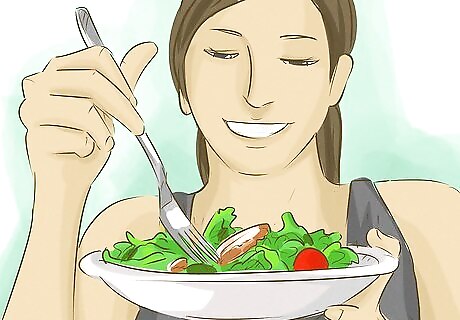
Eat whole grain foods, lean meats, fruits and vegetables, drink plenty of water. Only eat healthy fats such as those found in olive oils, fish, nuts, and flax seed oils. Saturated and trans fats will only shorten your life and add body fat. Aim to get 50% protein, 40% carbohydrates, and 10% fat in each meal to help you gain muscle. Chicken Fish Pasta Potato

Remember that intense cardiovascular (aerobic) exercise which elevate the breathing and pulse to 80 -- 90% of your maximum should be done two or three times weekly, and never for more than 30 minutes. Do it only on your off training days. Stationary bikes are good, but sprints are even better.


















Comments
0 comment